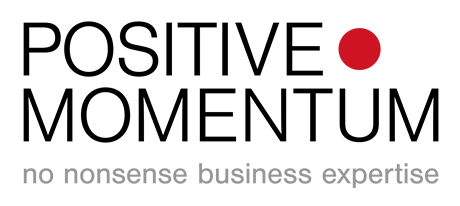How many times have we heard the phrase ‘actions speak louder than words’? Yet how often have you noticed in organisations (whether they be your own, public bodies, or social media platforms) too much talking and not enough doing?
‘Doing’ sits at the top of a pyramid with ‘Talking’ in the middle and ‘Thinking’ at the bottom. You can rename them ‘Actions’, ‘Conversations’ and ‘Ideas’.
If it’s hard sometimes to talk about ideas, it’s often much more difficult still to make them actionable. There are good reasons for that, yet when we manage to jump ideas up those two levels in the pyramid they become much more powerful.
As you go up the pyramid, frequency goes down. In other words, not all ideas get aired in conversation, and few conversations result in actions.
When you write an idea down, the act of converting it into language engages a new part of the brain, so you’re literally committing more brain power to it.
When you talk to someone else about that idea, you’re using your words and parsing them with another brain. You’re building your idea and adding the benefit of someone else’s context and experience to it. Your idea will benefit from being talked about, particularly when the people you share it with have experiences, perspectives and backgrounds different to your own.
But it’s not until you actually take an action that you take your ideas and conversation to the next level.
That’s for a few reasons, and here are 5 Truths of Doing:
Anyone can say they’re ‘going to do’ something, but there’s a big difference between saying you’ll do it, and actually doing it: actually doing it has a truth all of its own.
When you begin, you break an inertia, and start a momentum, which is easier to maintain than to start (or even stop) in the first place.
The act of making or creating something gives life to your idea (and those conversations) which enter a shared reality, because others can see or experience your idea in a form other than words. You have now eliminated any ambiguity or misunderstanding which may have existed in words, and you and your collaborators have a common reference point to develop from.
You also start a learning process, which is most easily expressed by ‘what would you do differently next time?’
You can now start making a difference.
These truths sit behind many contexts, ranging from business to social justice, and they are why I am so in favour of prototyping.
Agile product development is all about getting to a minimum viable product and launching into the wild as early as possible, in order to start learning from real users and iterating the product in cycles of test and learn.
The same is true though for business processes, like a new system or dashboard, or putting in place a new hiring process.
The same principles apply: you have to start somewhere; start with your best version of ‘good’, and develop it as you go and you encounter use cases or challenges which you may not have anticipated until it gets to the real world.









